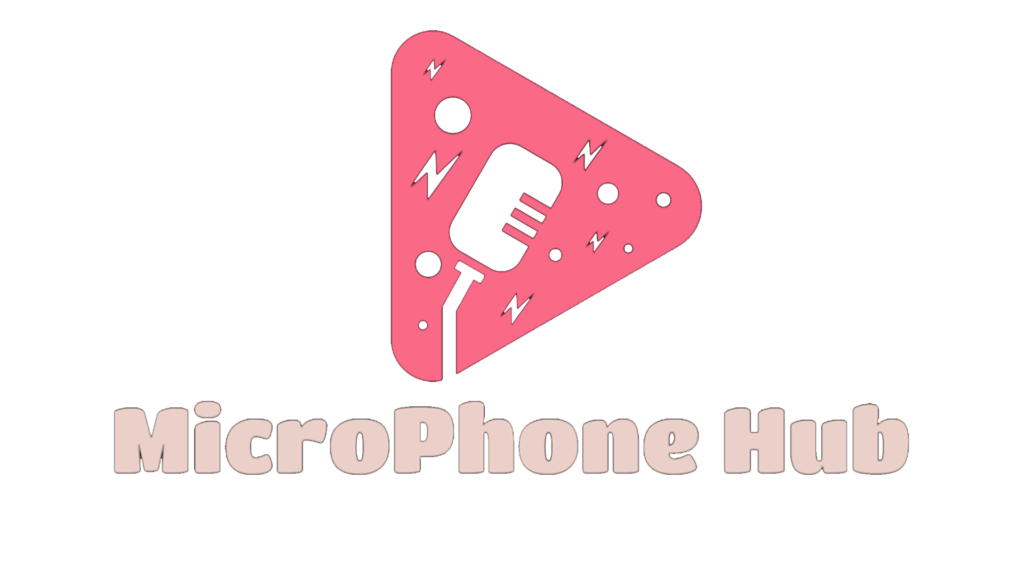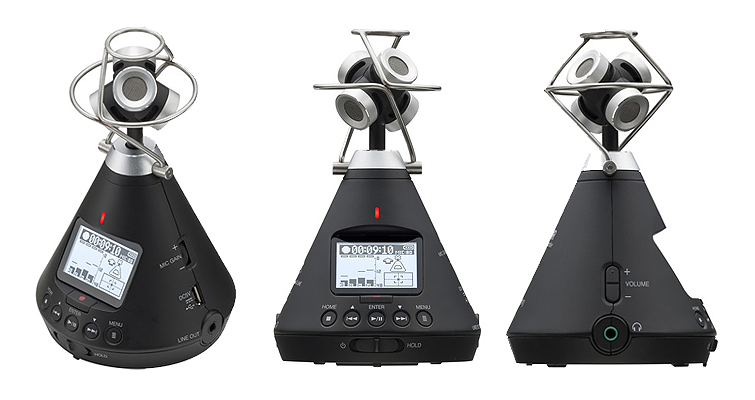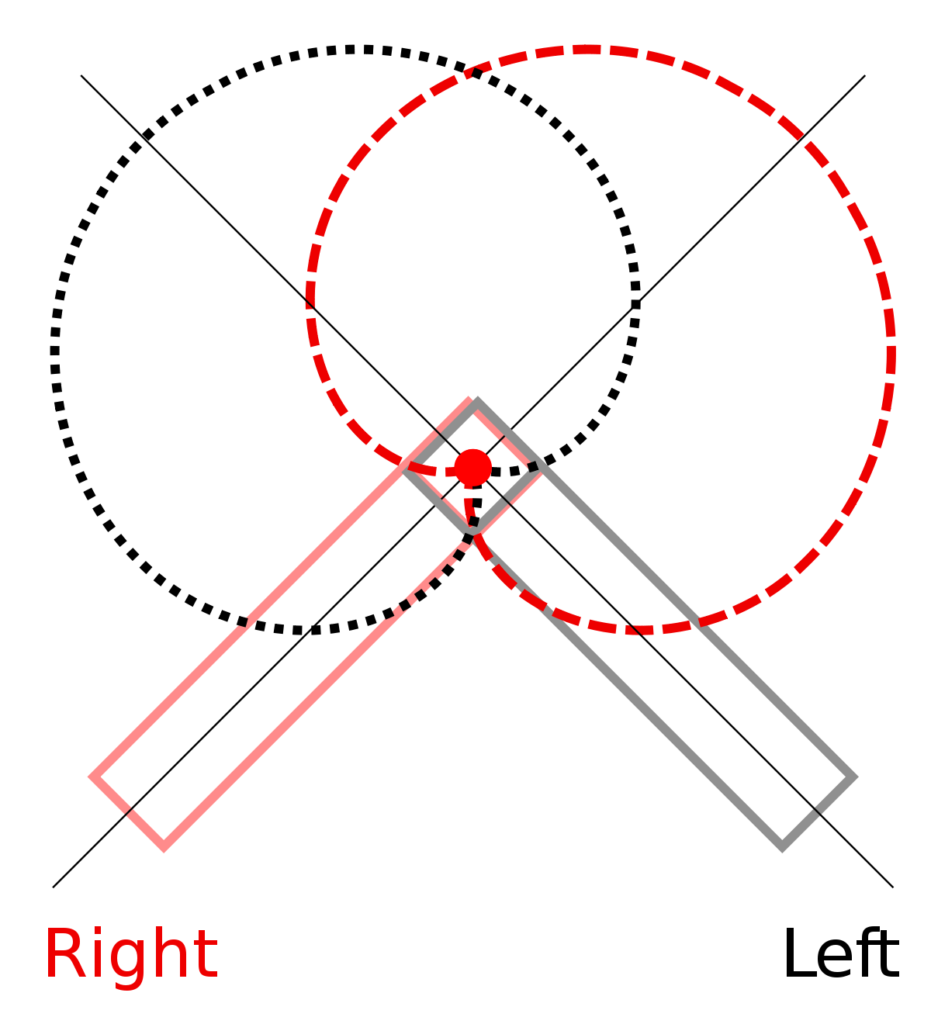Introduction
Ambisonic microphones have emerged as a powerful tool for capturing immersive audio experiences. These microphones go beyond traditional stereo and surround sound, offering a three-dimensional audio perspective that envelops the listener in a virtual sound environment. In this article, we’ll dive into the world of Ambisonic microphones, exploring their technology, applications, and the exciting potential they hold for sound professionals and enthusiasts alike.
1. Ambisonic Microphone Technology: How Does It Work?
Ambisonic microphones operate on a unique principle that captures sound not just in the traditional left-right, front-back manner, but also in a spherical format. They employ multiple microphone capsules arranged in a tetrahedral or spherical configuration to capture sound from all directions. These capsules record sound pressure and direction, enabling the microphone to capture a complete sound field. We’ll delve into the technology behind Ambisonic microphones and how it differs from conventional microphones.
2. Immersive Audio Production with Ambisonic Microphones
Ambisonic microphones have found a natural home in immersive audio production, including virtual reality (VR) and augmented reality (AR) experiences. Sound engineers and content creators can use Ambisonic recordings to place listeners right in the heart of the action, whether it’s a virtual concert, a video game, or a 360-degree film. We’ll explore the ways Ambisonic microphones are utilized in these applications to create truly immersive auditory experiences.
3. Ambisonic Microphones in Field Recording: Capturing Nature’s Symphony
Beyond immersive media, Ambisonic microphones are indispensable tools for field recording. They allow nature enthusiasts and sound artists to capture the rich and dynamic sounds of the environment in their full spatial glory. Whether it’s recording the rustling leaves in a forest, the chirping of birds in a jungle, or the gentle lap of waves on a beach, Ambisonic microphones provide an unparalleled sense of presence and realism.
4. Post-Production Magic: Manipulating Ambisonic Recordings
Ambisonic recordings serve as a versatile source for sound manipulation in post-production. Sound designers and engineers can decode Ambisonic recordings into various formats, including binaural or surround sound, allowing for precise control over the listener’s auditory perspective. We’ll explore the post-production techniques and software used to unlock the creative potential of Ambisonic recordings.
5. Challenges and Considerations in Ambisonic Recording
While Ambisonic microphones offer remarkable possibilities, they also come with challenges. These include the need for specialized equipment, careful positioning, and the complexities of decoding Ambisonic recordings for various playback systems. We’ll discuss these challenges and offer insights into how to overcome them for successful Ambisonic recording projects.
Conclusion
Ambisonic microphones have opened up new horizons in audio recording and spatial sound, revolutionizing the way we experience soundscapes and immersive media. As technology continues to advance and creative minds explore the possibilities, Ambisonic microphones remain at the forefront of innovation in the world of audio, promising to transport us to new realms of auditory wonder. Whether you’re a sound engineer, a filmmaker, or simply an enthusiast of rich, immersive sound, Ambisonic microphones offer a fascinating avenue to explore and expand your sonic horizons.
What is the primary advantage of using this microphone technology for immersive audio recording?
Ambisonic microphone technology excels in capturing the full three-dimensional sound field, making it ideal for immersive audio recording in applications like virtual reality (VR), augmented reality (AR), and 360-degree video. It offers a more realistic and immersive listening experience compared to traditional microphone setups.
Can I use Ambisonic microphones for standard stereo or surround sound recording?
Yes, you can use Ambisonic recordings for traditional stereo or surround sound production. These recordings can be decoded and converted to various formats, making them versatile for different playback systems. Specialized software and plugins are available to assist with this decoding process.
What types of content benefit the most from Ambisonic microphone recording?
Ambisonic microphones are particularly valuable for content that aims to provide an immersive auditory experience, such as VR/AR applications, 360-degree videos, interactive installations, and nature documentaries. They capture the full soundscape, allowing listeners to feel like they are physically present in the recorded environment.
Are there any challenges to consider when using Ambisonic microphones for field recording?
Yes, there are challenges to be aware of, including the need for specialized equipment and proper microphone positioning. Wind noise can also be an issue, so windshields or blimps may be necessary in outdoor recording situations. Additionally, post-production work is often required to optimize Ambisonic recordings for different playback systems.
How do you decode Ambisonic recordings for different listening environments?
Ambisonic recordings can be decoded into various formats, such as binaural for headphone listening or surround sound for speaker setups. Decoding typically involves using specialized software or plugins to adjust the orientation and positioning of the virtual microphones within the Ambisonic sound field. The decoded audio is then mixed and rendered for the target listening environment.
Are Ambisonic microphones suitable for live sound reinforcement and concerts?
While Ambisonic microphones are primarily designed for recording, they can be used for capturing live events. However, live sound reinforcement and monitoring systems are typically not set up for Ambisonic audio, so conversion to more conventional audio formats may be necessary for real-time playback during live performances.
Can I use Ambisonic recordings with existing audio equipment and software?
es, you can use Ambisonic recordings with existing audio equipment and software, but you may need specialized tools or plugins for decoding and processing. Many digital audio workstations (DAWs) and audio processing software packages support Ambisonic audio, enabling you to work with these recordings seamlessly.
What are the advantages of Ambisonic audio for virtual reality (VR) and augmented reality (AR) applications?
Ambisonic audio enhances the sense of immersion in VR and AR experiences by accurately recreating 3D soundscapes. This allows users to perceive sound from any direction, making the virtual environment more realistic and engaging. Ambisonic audio greatly contributes to the overall sense of presence in these applications.
Are Ambisonic microphones compatible with standard microphone stands and shock mounts?
Ambisonic microphones are designed to be compatible with standard microphone stands and shock mounts. However, some Ambisonic microphone models may come with unique mounting options or accessories to ensure precise positioning and stability during recording.




